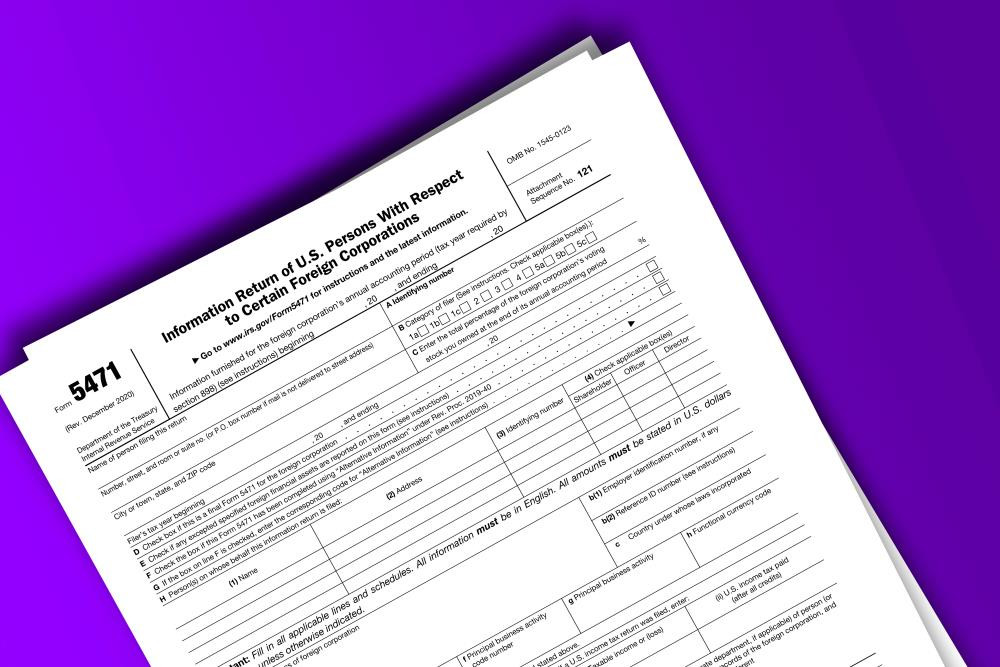Side Gig? Let’s Talk Hobby Losses and IRC § 183
 With the COVID-19 pandemic, many taxpayers had the luxury of working from home. Companies have since changed their in-office policies to allow employees the continued ability to work remotely. Some employers have even altered their policies entirely, allowing employees to permanently work remotely. With all the extra time no longer spent in traffic or at the water cooler, some people have seized the opportunity to chase their dreams and take on new hobbies or open a side business. It is important to understand the tax consequences of these side businesses.
With the COVID-19 pandemic, many taxpayers had the luxury of working from home. Companies have since changed their in-office policies to allow employees the continued ability to work remotely. Some employers have even altered their policies entirely, allowing employees to permanently work remotely. With all the extra time no longer spent in traffic or at the water cooler, some people have seized the opportunity to chase their dreams and take on new hobbies or open a side business. It is important to understand the tax consequences of these side businesses.
According to Internal Revenue Code (“IRC”) § 162, ordinary and necessary business expenses are generally deductible if they result from a trade or business. Similarly, under IRC § 212, expenses relating to the production of income or to investment activities are also generally deductible. Importantly, expenses or deductions allowed by IRC §§ 162 or 212 may be used to offset unrelated income.
To the contrary, IRC § 183, which is entitled, “Activities not engaged in for profit,” introduces rules limiting deductions of taxpayers that relate to activities not engaged in for profit. These rules are often referred to as the “hobby loss” rules. According to IRC § 183, a taxpayer may deduct expenses only to the extent of the taxpayer’s gross income from that specific activity during the particular tax year.
Is the Hobby Really an Activity Engaged in for Profit?
As previously mentioned, taxpayers may deduct ordinary and necessary expenses for conducting a trade or business or for the production of income. Trade or business activities and activities engaged in for the production of income are activities engaged in for profit. Correspondingly, the IRS will examine the taxpayer’s intent in entering into the activity to determine whether the taxpayer had the necessary profit motive. Therefore, the taxpayer’s intent to generate a profit will ultimately determine how any resulting losses from a given activity will be taxed for federal income tax purposes.
Treasury Regulation § 1.183-2(b) identifies nine factors to assist the IRS in determining whether an activity was engaged in for profit for a particular tax year:
- The extent to which the taxpayer carries on the activity in a businesslike manner;
- The taxpayer’s expertise or reliance on the advice of experts;
- The time and effort the taxpayer expends in carrying on the activity;
- The expectation that the assets used in the activity may appreciate in value;
- The taxpayer’s success in similar activities;
- The taxpayer’s history of income or loss from the activity;
- The amount of occasional profits, if any;
- The taxpayer’s financial status; and
- The elements of personal pleasure or recreation.
In addition, under IRC § 183(d), an activity is presumed to be engaged in for profit if the activity makes a profit in at least three of the last five tax years, including the current year (or at least two of the last seven years for activities that consist primarily of breeding, showing, training, or racing horses); however, the IRS may rebut this presumption. Interestingly, a taxpayer may delay the determination as to whether the “for profit” presumption applies until after the fourth tax year of the activity. The taxpayer can do so through a special election permitted under IRC § 183(e). Regardless, if the presumption is found inapplicable – either because the taxpayer cannot show profit for the requisite time period or because the IRS has successfully rebutted the presumption – the taxpayer must establish a profit motive to avoid application of the hobby loss rules.
Ultimately, according to Treas. Reg. § 1.183-2(a), whether the taxpayer engaged in an activity for profit is a question of fact. Generally, the IRS will weigh all the facts and circumstances, giving greater weight to the aforementioned factors than to the taxpayer’s mere statement of intent. The taxpayer has the burden to prove the requisite profit motive.
Losses Attributable to Activities Not Engaged in for Profit Disallowed:
The hobby loss rules of IRC § 183 limit the deductions by individuals, S corporations, partnerships, trusts, and estates of expenses from activities not engaged in for profit. [1] Notably exempt from this list is C corporations.[2] For taxpayers other than individuals, the deduction limits are determined at the entity level. Essentially, IRC §183 explains that a taxpayer may only deduct expenses falling under IRC § 183 to the extent of gross income from the particular activity during the particular tax year.[3] An activity produces a loss when related expenses exceed income. Accordingly, losses attributable to activities not engaged in for profit are disallowed.[4]
What are Allowable Hobby Deductions Under IRC § 183?
As previously stated, if the activity is not carried on for profit, allowable deductions cannot exceed gross receipts for the activity. The deductions from the activity are organized into three tiers and may be deducted only in the order prescribed. The tiers are as follows:
- Tier One: Otherwise allowable deductions;
- Tier Two: Operating expenses less than gross income; and
- Tier Three: Depreciation less than gross income.[5]
Tier One deductions consist of items that are allowable even if the activity is not engaged in for profit. Examples of Tier One deductions include:
- Bad debts;
- Casualty and theft losses;
- Certain taxes;
- Charitable contributions
- Medical expense;
- Qualified Residence interest;
- Tax-related expenses; and
- Worthless securities.[6]
Tier Two deductions include items that would be allowable if the activity were engage in for profit. Such items may be deducted to the extent gross income from the specific activity is reduced by Tier One deductions.[7] Examples generally include operating expenses such as:
- Advertising;
- Insurance;
- Labor;
- Maintenance;
- Rent;
- Supplies; and
- Utilities.
Tier Three deductions consist of items that would be allowable had the activity been conducted for profit, which requires a basis adjustment. Tier Three items are deductible to the extent of gross income from the specific activity reduced by both Tier One and Tier Two items. Tier Three items consist of the following and will result in an adjustment to the basis of depreciable property:
- Amortizable bond premium;
- Amortization;
- Depreciation;
- Partial losses with respect to property; and
- Partially worthless debts.
Preventing Your Business from Being Classified as a Hobby:
To ensure that the IRS does not disallow losses from your newfound passion, make sure you have a business plan. Additionally, make sure you are keeping accurate and extensive records. If you have made a profit yet, consider changing business strategies and be sure to document the change. Records, receipts, and seeking the assistance of professional advisors is just part of the consideration the IRS gives to determining whether a business is really a hobby.
If you are facing IRS examination with respect to your business, consider calling The Wilson Firm today. We have helped counted taxpayers obtain favorable results with the IRS.
[1] See IRC § 183(a) (individuals and S corporations); Treas. Reg. § 1.183-1(a) (trusts and estates); Rev. Rul. 77-320 (partnerships).
[2] See Treas. Reg. § 1.183-1(a).
[3] See IRC §§ 183(a) and (b)(2).
[4] See IRC § 183(b)(2).
[5] See IRC § 183(b).
[6] See Treas. Reg. § 1.183-1(b)(1)(ii).
[7] IRC § 183(b)(2).





